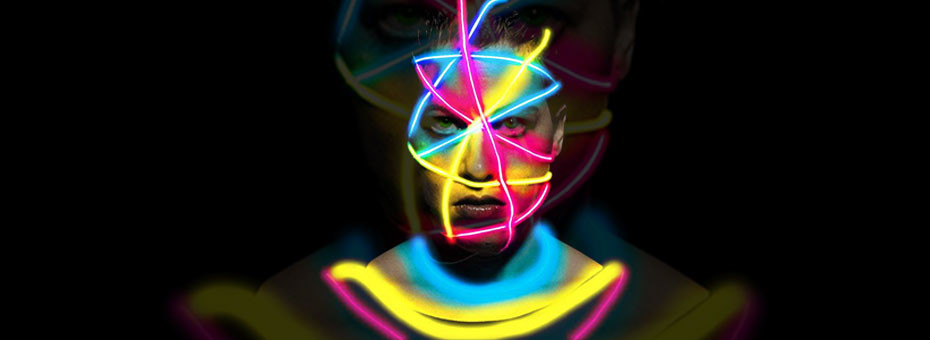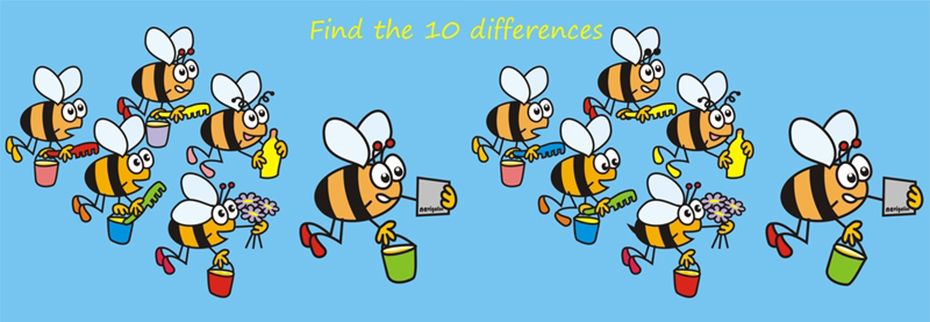April 10, 2016
Any veteran printer can spurt out the advantages of digital printing over traditional printing and can discuss with passion the unsurpassable quality and color variety, the absence of plates and the ability to print short runs easily without any preparation. Then how come the adoption of digital printing technology is still slow in many industries?
The graphic arts sector, signage and packaging industry are examples of industries who adopted digital printing technologies alongside traditional printing. Yet, some sectors are very slow to adapt to digital in spite of its advantages. These industries are likely to be high volume printing industries such as paper, industrial surfaces of all kinds and textile. These industries are reluctant to hop on the bandwagon usually due to each application’s particular drawbacks but in most cases manufacturers are simply oblivious to the availability of digital printing’s advantages and capabilities also for high volume industries.
In the textile industry, the majority of textile printing is done in traditional analogue method but there is a growing interest for digital printing on textiles. This demand may have emanated from dye sublimation printing on polyester achieved easily with a simple digital printer usually with the mediation of a transfer paper but the demand may have emanated from the textile industry’s latent acknowledgment of digital printing capabilities. Dye sublimation proved perfect for short runs on polyester and used mainly for banners and flags. However, the mass of textile printing is still in clothing and home textile who are still battling the fabric restrictions limiting the printing onto a single type of fabric, mainly cotton or viscose, but also blended fabrics such as the common poly-cotton or viscose-spandex fabric blends.
Nevertheless, with all the textile diversity the textile industry shares the same barriers. The large variety of fabric types, whether natural such as cotton, wool or silk and man-made fabrics such as polyester and blended fabrics which require different types of inks as well as the need for pre and/or post treatment makes it difficult for the textile industry to turn to digital printing. Any textile printer manufacturer would tell you that in order for textile printing to digitalize, these processes of numerous inks and fabric treatments must be simplified.
While textile is still about clothing and home-use textiles, the textile industry as a whole is one of the largest printing industries in the world with great diversity. Textile printing is also used in industrial textiles which include hundreds of types of textiles for many industries such as automotive, upholstery, outdoor gear, protective clothing, agro-textiles used in agriculture and even engineering textiles used for various technical purposes.
The advantages for digital textile printing is immense and can have a great impact on the textile market as a whole. Today, a major drawback for mass textile printing is the design. Digital printing enables higher color definition with short designing time which is not possible with traditional printing. Furthermore, printing can be done in short runs at low investment cost both in capital equipment and in materials; fabrics and inks.
Another advantage of textile digital printing, which is receiving higher profile attention among manufacturers, consumers and environmentalists is the substantial lower cost of production in terms of electricity and water consumption of over 30{9711269676131cffc9f3e68bda16ea56bfa4568e90b74b1da79a64a65a632733} savings on electricity costs and almost 95{9711269676131cffc9f3e68bda16ea56bfa4568e90b74b1da79a64a65a632733} in terms of water consumption.
Savings on stock with the ability to print on demand in small quantities is an additional advantage. This is a great advantage for the fashion industry and especially for small designer collections requiring high quality printing on unique fabrics.
The fabrics being used in the textile printing industry are so diverse that there could be thousands of textile types used. Some are from a natural source, some are man-made, some are coated and others may be pretreated or post-treated depending on its final application or manufacturing procedures. So how can you simplify the printing process? The answer lies in the ink.
In the current situation in order to print on different types of textiles, whether analog or digital, you would need different types of inks. Each ink is suitable for different types of fabric. On top of the printing quality, the printer must ensure the stability of the ink on the fabric including wash and rub resistance as well as non-fading qualities essential for long term use.
The inks used for printing on textiles are divided into two types: dye or pigmented and all are based on water as its main carrier. With dye inks there needs to be a distinct affinity between the fabric type and the ink that is used for the print, because different inks do not adhere to specific fabric types. Cotton and silk fabrics require reactive dye inks while silk and nylon require acid dye ink. Polyester requires disperse dyes such as used in sublimation printing. This type of ink specification limits the industry’s ability to provide effective printing solutions and limits the ability to print on blended fabrics.
Pigmented ink, however, as opposed to dyes, are suitable for many types of fabric printing. In fact, a small number of manufacturers now offer pigment water based ink for digital textile printing which are suitable for a large array of fabrics. One ink for all fabrics is the newest revolution for the textile market since it takes textile printing into the digitalized era.
The ability to print on a large amount of fabrics is achievable because of the way pigment ink printing is made. Instead of penetrating the fabric and binding to it as dyes do, the pigments bind to the top layer of the fabric only in a micron thick layer. This allows the print to be done on virtually all types of fabric, providing the correct pretreatment is done. The thickness of the layer and it’s bind to the fabric determine the feel of the end result, where a thick layer will result in the loss of the fabric’s natural feel.
There are a number of high reputation ink manufacturers who offer a uniformed water based pigmented inks for all fabrics and although they all boast of their truly remarkable innovation, there are still some parameters which differentiate one manufacturer from another, especially print quality, the variety of fabrics that can be printed on and the technical attributes of the final result.
One of the newest water based pigmented ink capable of printing on all fabrics worth noting is the Velvet Jet ink, whose manufacturer is able to provide better adherence to the largest amount of fabric types than any other competitor. The Velvet Jet ink has been tested on cotton, polyester, silk, rayon, viscose, and many other fabrics, as well as different blends of these fabrics, all with outstanding print results. The fact that the ink binds perfectly to all fabrics ensures high print quality and uniform color coverage, without color shifts or shading.
The bond to the fabric is achieved by the ink composition and features and by the pretreatment process, referred to as Optimizer by Velvet Jet. The optimizer can be applied by the user to the fabric in a simple procedure using a padder or purchase fabrics already pretreated. The optimizer enhances the bond between the ink and the fabric providing unmatched ink characteristics.
With all standard ISO tests, the Velvet Jet ink scores very high on all the parameters required for printing on textile. Velvet Jet scored the highest marks for wash fastness and rub resistance (5/5) and 7/8 for color fastness which ranks the product as paramount among its competitors. The Velvet Jet ink displayed very impressive results even when printed on non-treated fabrics, and customers may want to try both treated and non-treated fabrics in order to decide on the right process for them.
In addition to the large variety of standard clothing fabrics, Velvet Jet was also tested on leather and synthetic leather (PU) and produced the same quality print results. This opens new markets for use with textile ink apart from garments. The home décor and furnishing industries can now produce custom made and limited addition lines in an effort to stand out from the competition.
The textile digital printing scene is warming up and presents a challenging solution for the industry. If the pigmented water based ink would live up to the standards it has set forth, the textile industry would be another of many industries that the digital printing revolution has infused with new opportunities. Designers, textile manufacturers and digital textile printer manufacturers all have a lot to look forward to since they will be entering a new era in textile printing that could shake the textile industry to the core.








